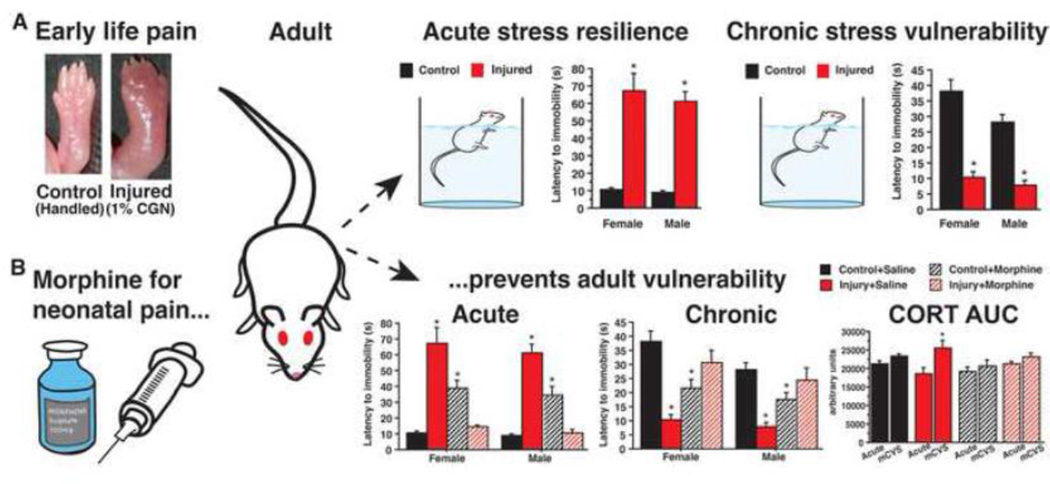Figure 2. The lasting impact of a single neonatal injury on anxiety and stress responding.
A. In response to acute stressors (forced swim), neonatally injured adults take significantly longer to initiate floating. By contrast, adults injured early in life float rapidly after exposure to 7 days of mild chronic variable stress (mCVS). B. Hypo-sensitivity to acute stress-provoking stimuli and hyper-sensitivity to sequential, unpredictable stress are rescued if male and female rats are given morphine for early life pain, suggesting that 1) injury-induced behavioral and hormonal vulnerability are preventable, 2) neonatal pain is necessary for the long-term changes in stress responding. (Abbreviations: corticosterone, CORT; area under the curve, AUC).

